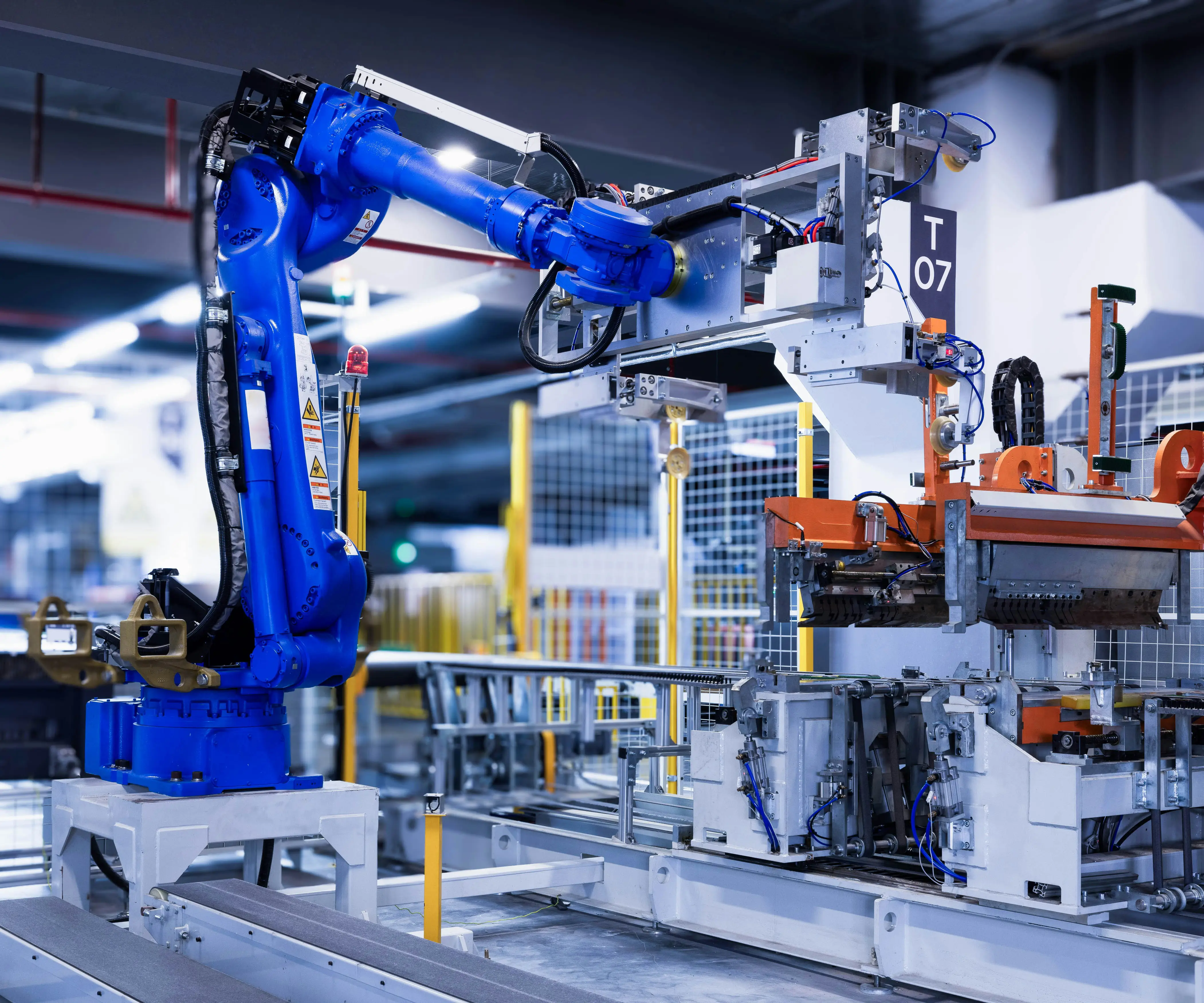Looking to ace the “microservice interview questions and answers”? It’s one of those topics that can make or break your next tech opportunity. But let’s be honest, who has time to sift through endless pages of vague tips and scattered details? Instead, imagine a guide that feels like chatting with someone who really gets it — raw, real, and packed with practical nuggets.

Microservices have become the backbone of modern application design. It’s not just about splitting code into smaller parts; it’s about reshaping entire systems to be more flexible, scalable, and resilient. When you think of a microservice interview, many questions pop into mind: "How do you handle inter-service communication?" or "What strategies do you use for deploying microservices?" The thing is, those questions aren’t just about memorizing answers. They’re about understanding the core principles that make microservices work in the real world.
You remember that moment when you hear someone explain that microservices are like a well-orchestrated jazz band? Each instrument (or service) can improvise, but they follow the same sheet music—your API contracts. That’s the vibe. You need to demonstrate clarity on topics like containerization, service registry, load balancing, failover mechanisms, and data management patterns. These aren’t just buzzwords—they’re the building blocks that show you get the system inside-out.
Ever get stuck on a question like “How do you manage data consistency across microservices?” It’s not just about knowing the patterns; it’s about storytelling. Picture this: you’re designing a ride-sharing app, and rides are processed by different microservices—user profiles, payment, routing. Synchronizing data without creating bottlenecks? Event-driven architecture becomes your best friend here. You can talk about eventual consistency, message queues, and how to prevent data conflicts without tying everything into a spaghetti mess.
And then there's the practical side—what you actually need to do to prepare. Focus on understanding common challenges: service discovery, latency issues, circuit breakers, and bulkheads. Dive into real-world examples, like how Netflix or Amazon rolled out their microservices landscape, and how they handle failures gracefully.
What about some quickfire Q&A sparks? Like, “What’s your take on container orchestration?” Well, Kubernetes is a game changer. It’s like the conductor that keeps all these tiny services in harmony, automatically handling scaling and failover. Or “How do you ensure security in a microservice architecture?” Think OAuth, API gateways, and strict access controls.
Honestly, mastering these questions boils down to grasping not just the what but the why. When you talk about microservices, it should sound like you’re describing a living system—dynamic, adaptive, capable of handling failure and change. That’s the message behind every answer.
So, whether you're reviewing core concepts or brushing up ahead of an interview, internalize that microservices are more than code chunks—they’re a complex ecosystem. And your grasp of that ecosystem, supported by solid answers, sets you apart from just another candidate. Just imagine walking in, knowing you’ve got the real knowledge to back it up. No fluff, no overly staged responses. Just pure, unfiltered expertise. That’s what makes all the difference.
Established in 2005, Kpower has been dedicated to a professional compact motion unit manufacturer, headquartered in Dongguan, Guangdong Province, China. Leveraging innovations in modular drive technology, Kpower integrates high-performance motors, precision reducers, and multi-protocol control systems to provide efficient and customized smart drive system solutions. Kpower has delivered professional drive system solutions to over 500 enterprise clients globally with products covering various fields such as Smart Home Systems, Automatic Electronics, Robotics, Precision Agriculture, Drones, and Industrial Automation.




































